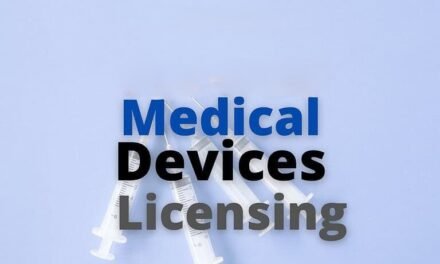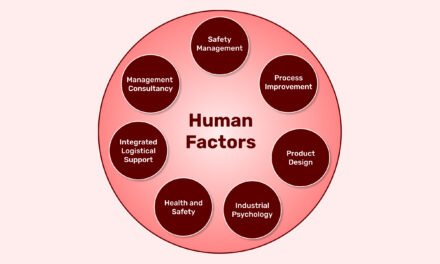
How much does it cost to launch a medical device?

Marking for the EU, CDSCO for India, or other regional approvals.
- Cost Range: $100,000–$1 million, d
The cost to launch a medical device varies widely depending on factors such as the type of device, its complexity, the regulatory pathway, and the target markets. On average, launching a medical device can range from $1 million to over $100 million, with the most significant expenses tied to research and development (R&D), regulatory compliance, clinical trials, and manufacturing. Below is a breakdown of the key cost components:
1. Research and Development (R&D):
- Concept Development and Design: Developing initial prototypes, performing feasibility studies, and refining the design.
- Cost Range: $100,000–$10 million, depending on complexity.
- Engineering and Testing: Conducting usability studies, reliability testing, and performance validation.
- Cost Range: $50,000–$5 million.
2. Prototyping:
- Creating functional prototypes for testing and validation.
- Cost Range: $10,000–$500,000, depending on the materials and technology involved (e.g., 3D printing, advanced electronics).
3. Regulatory Compliance and Certification:
- Pre-Market Approval (PMA): For high-risk devices (e.g., Class III in the U.S.), PMA can cost significantly more due to stringent testing and documentation requirements.
- Cost for PMA: $5 million–$50 million.
- 510(k) Clearance: For lower-risk devices (e.g., Class II), requiring demonstration of substantial equivalence to a predicate device.
- Cost for 510(k): $20,000–$500,000.
- International Approvals: CE Marking for the EU, CDSCO for India, or other regional approvals.
- Cost Range: $100,000–$1 million, depending on regions targeted.
4. Clinical Trials:
- Required for moderate to high-risk devices to demonstrate safety and efficacy.
- Costs include site setup, participant recruitment, monitoring, and data analysis.
- Cost Range:
- Small trials (pilot studies): $250,000–$2 million.
- Large trials (pivotal studies): $5 million–$50 million or more.
- Cost Range:
5. Quality Management System (QMS):
- Implementation of ISO 13485 or equivalent standards for manufacturing and quality control.
- Cost Range: $50,000–$500,000.
6. Manufacturing Setup:
- Includes setting up production lines, tooling, and equipment.
- Costs increase for devices requiring specialized materials or advanced technologies (e.g., robotics, nanotechnology).
- Cost Range: $100,000–$10 million.
7. Marketing and Distribution:
- Branding and Packaging: Designing patient-friendly packaging and creating marketing materials.
- Cost Range: $50,000–$1 million.
- Market Entry: Costs for advertising, attending trade shows, and engaging with healthcare providers.
- Cost Range: $100,000–$5 million.
- Distribution and Logistics: Setting up supply chains, inventory management, and shipping.
- Cost Range: $50,000–$1 million annually.
8. Post-Market Surveillance:
- Compliance with post-market monitoring requirements, adverse event reporting, and device upgrades.
- Cost Range: $50,000–$500,000 annually.
9. Legal and Intellectual Property:
- Patents: Securing intellectual property protection for the device and its components.
- Cost Range: $10,000–$100,000 per patent.
- Legal Fees: For contracts, regulatory advice, and liability coverage.
- Cost Range: $50,000–$500,000.
10. Miscellaneous Costs:
- Training and Education: Educating healthcare professionals and patients on the device’s use.
- Cost Range: $10,000–$500,000.
- Consultants and Advisors: Engaging industry experts to guide the development and regulatory processes.
- Cost Range: $50,000–$1 million.
Total Estimated Costs by Device Complexity:
- Class I Devices (Low Risk):
- Examples: Tongue depressors, adhesive bandages.
- Cost Range: $50,000–$1 million.
- Class II Devices (Moderate Risk):
- Examples: Blood glucose monitors, diagnostic tools.
- Cost Range: $500,000–$10 million.
- Class III Devices (High Risk):
- Examples: Pacemakers, implantable defibrillators.
- Cost Range: $10 million–$100+ million.
Factors Influencing Costs:
- Device Complexity: Advanced technologies like robotics, AI, or nanotechnology drive up costs.
- Target Markets: Expanding to international markets involves additional regulatory approvals and distribution costs.
- Clinical Requirements: Devices requiring extensive trials or testing incur higher costs.
- Innovation Level: First-of-its-kind devices often have higher development and approval costs compared to incremental innovations.
Ways to Optimize Costs:
- Leverage Existing Approvals: Using prior regulatory approvals (e.g., FDA, CE mark) to simplify approval in new markets.
- Outsourcing: Contracting R&D, manufacturing, or regulatory tasks to third-party providers can reduce overheads.
- Early Risk Assessment: Identifying and addressing potential challenges early minimizes costly redesigns or delays.
- Focus on Core Markets: Launching in a primary market before expanding reduces upfront expenses.
The cost of launching a medical device is highly variable but requires careful financial planning to cover development, regulatory compliance, manufacturing, and marketing expenses. Companies can strategically manage these costs by optimizing processes, leveraging existing technologies, and prioritizing markets. Despite the high upfront investment, successful launches can lead to significant returns in a growing global healthcare market.



























